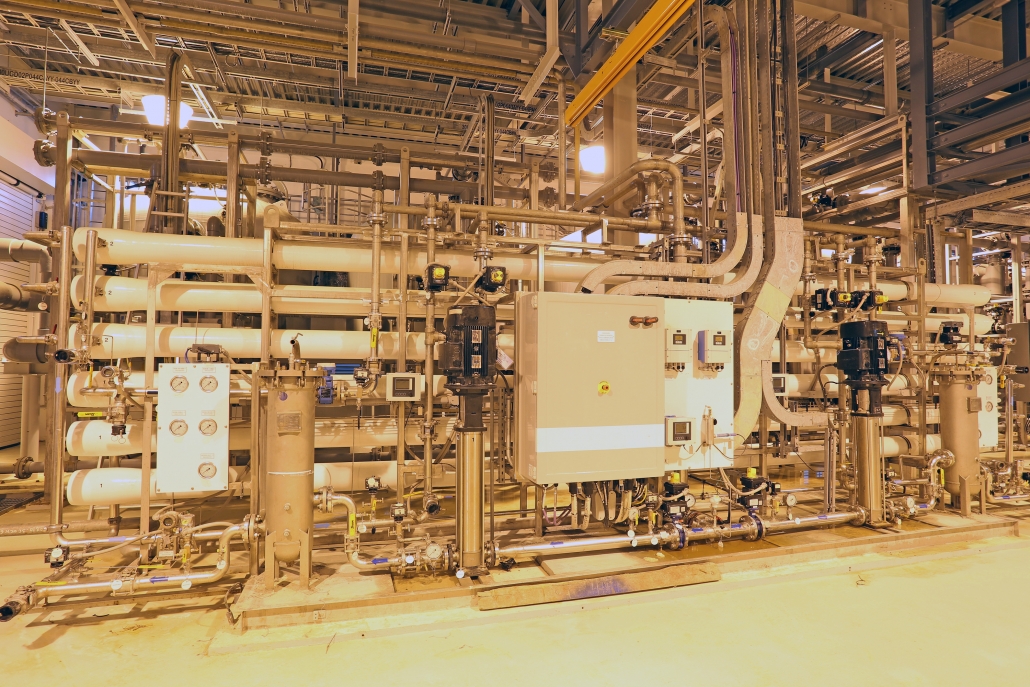Ultrafiltration Plants
Ultrafiltration is a low-pressure membrane process used to separate bacteria, viruses, and high molecular weight compounds colloidal and particulate matters from a feed stream. Ultrafiltration has larger pores and high permeability with less osmotic effects that allows ultrafiltration to operate at relatively lower pressure than nanofiltration and reverse osmosis and is therefore it is least costly to operate. Ultrafiltration plants are installed in large scale industries as pretreatment for other forms of purification.
Our products are of high quality not only technologically, but they are also ergonomic and aesthetically pleasing. We approach each new project with creative inspiration as if it is a new art object. As a market leader we’re actively deploying highly efficient, scalable solutions for recovering otherwise wasted energy in the ultrafiltration plants Our products are not only reliable, but also of elegant design, that is highly valued by our customers. Get your quote for ultrafiltration plant today.
Ultrafiltration Plants
“Ultrafiltration (UF) is a variety of membrane filtration in which forces like pressure or concentration gradients lead to a separation through a semipermeable membrane. Suspended solids and solutes of high molecular weight are retained in the so-called retentate, while water and low molecular weight solutes pass through the membrane in the permeate (filtrate). This separation process is used in industry and research for purifying and concentrating macromolecular (103–106 Da) solutions, especially protein solutions.
Ultrafiltration is not fundamentally different from microfiltration. Both of these separate based on size exclusion or particle capture. It is fundamentally different from membrane gas separation, which separate based on different amounts of absorption and different rates of diffusion. Ultrafiltration membranes are defined by the molecular weight cut-off (MWCO) of the membrane used. Ultrafiltration is applied in cross-flow or dead-end mode.”

